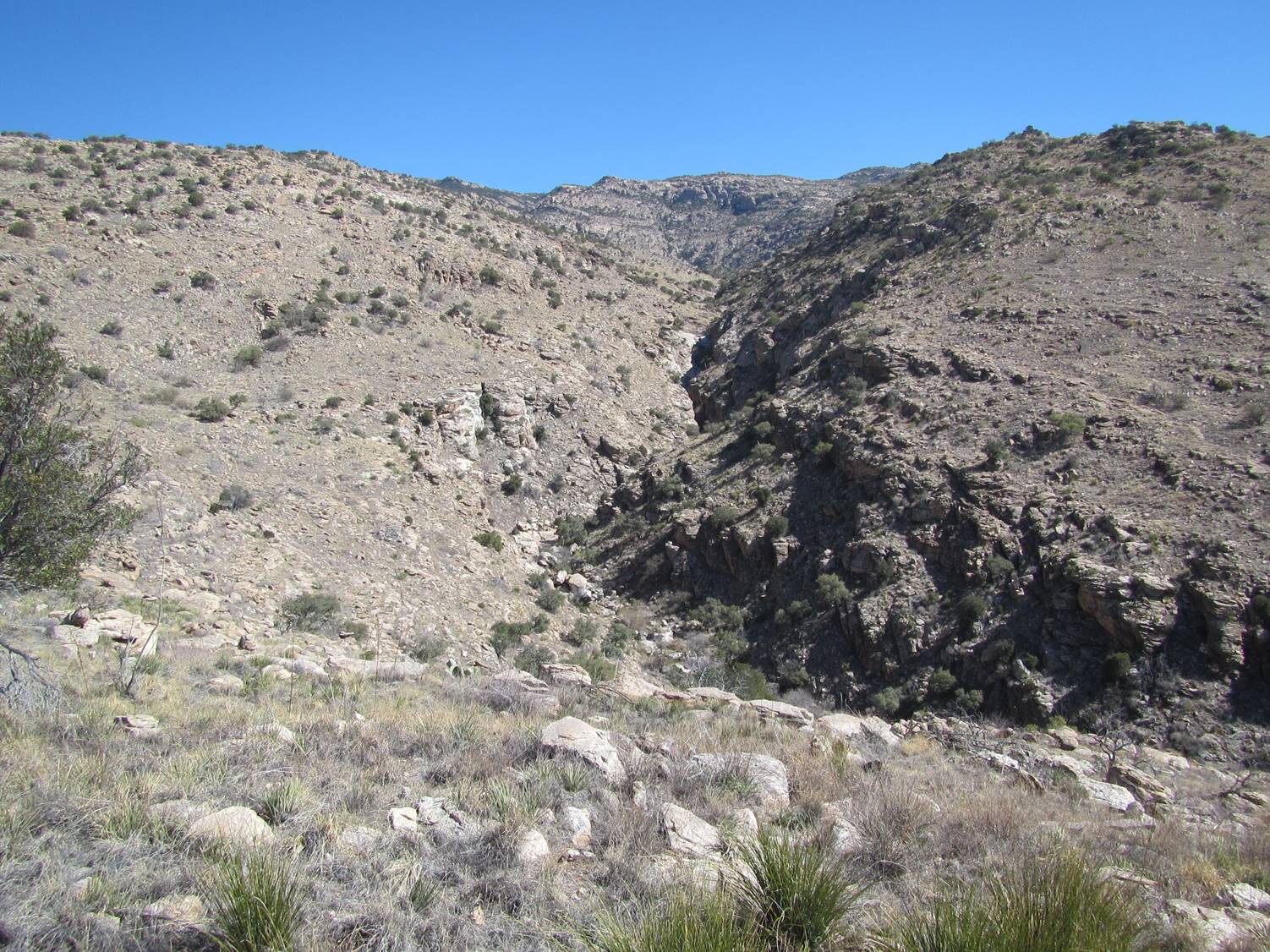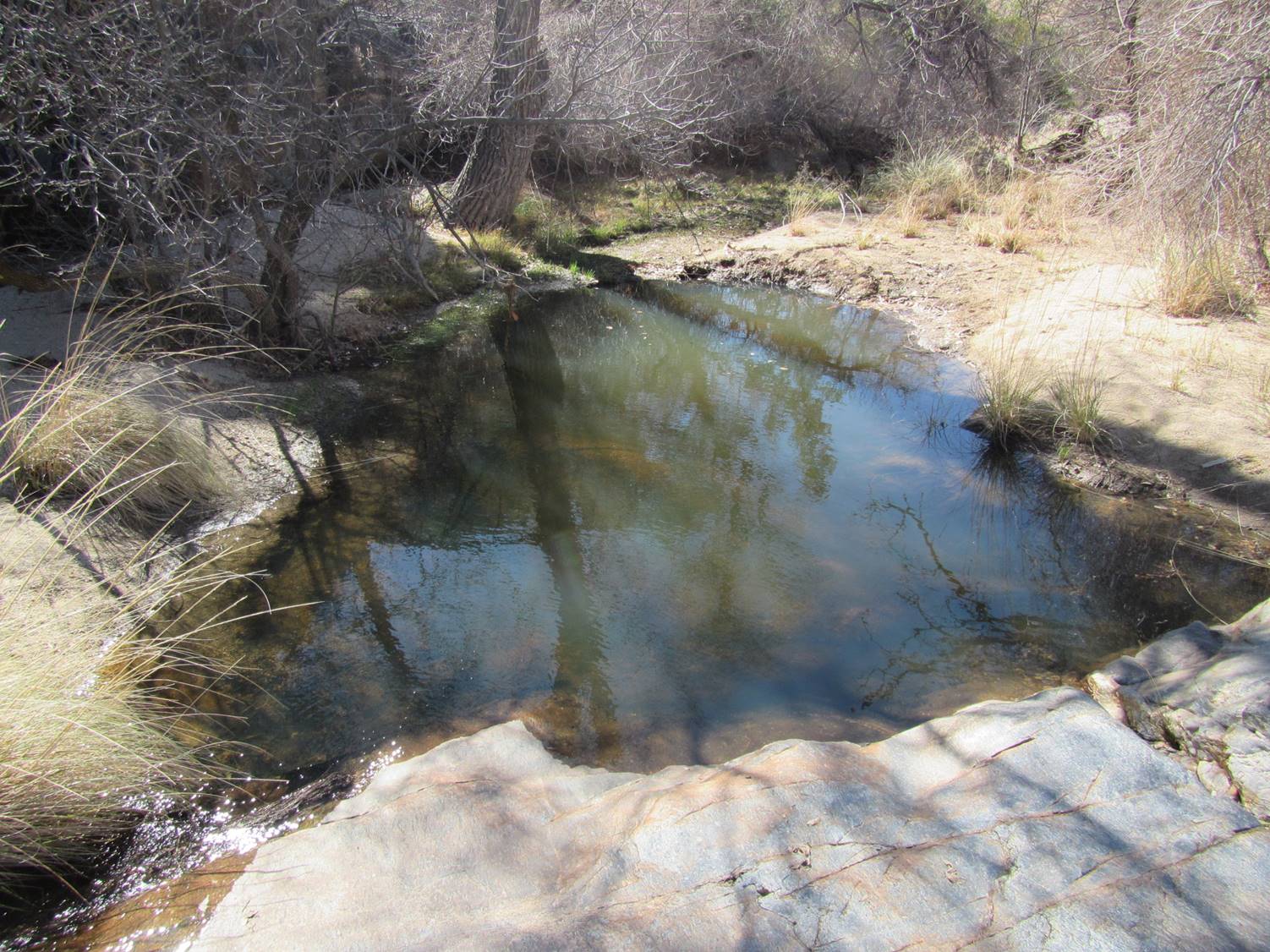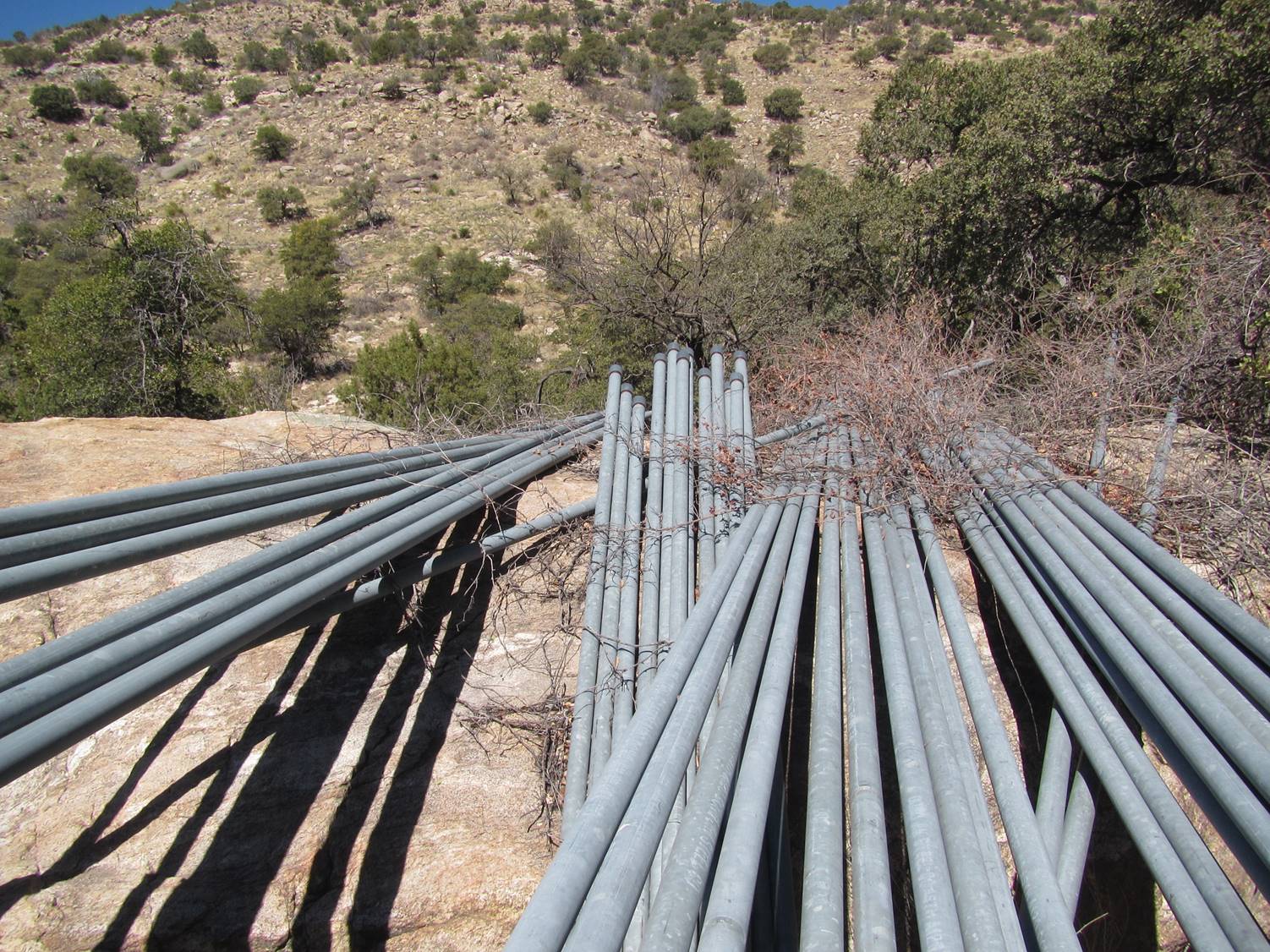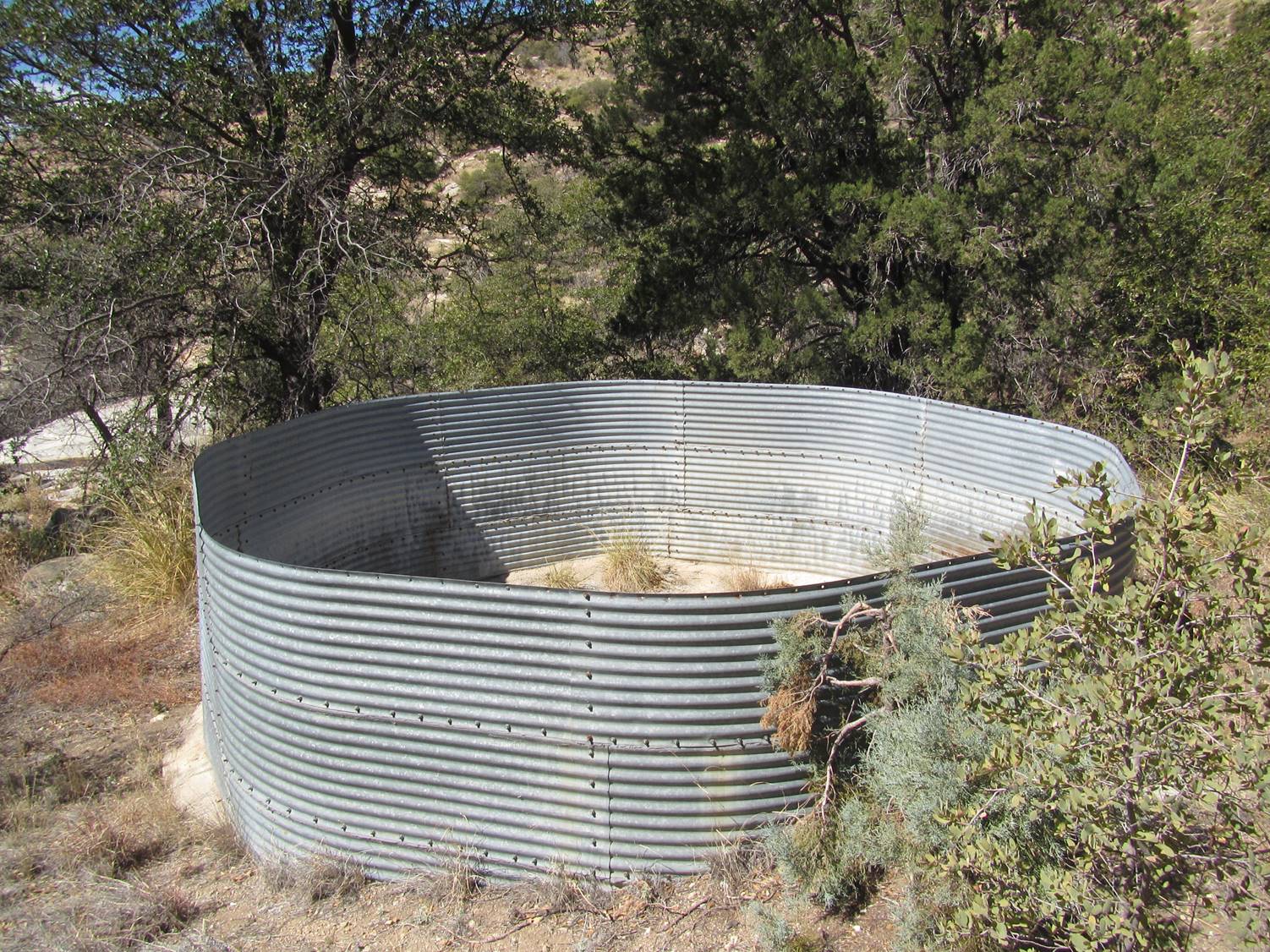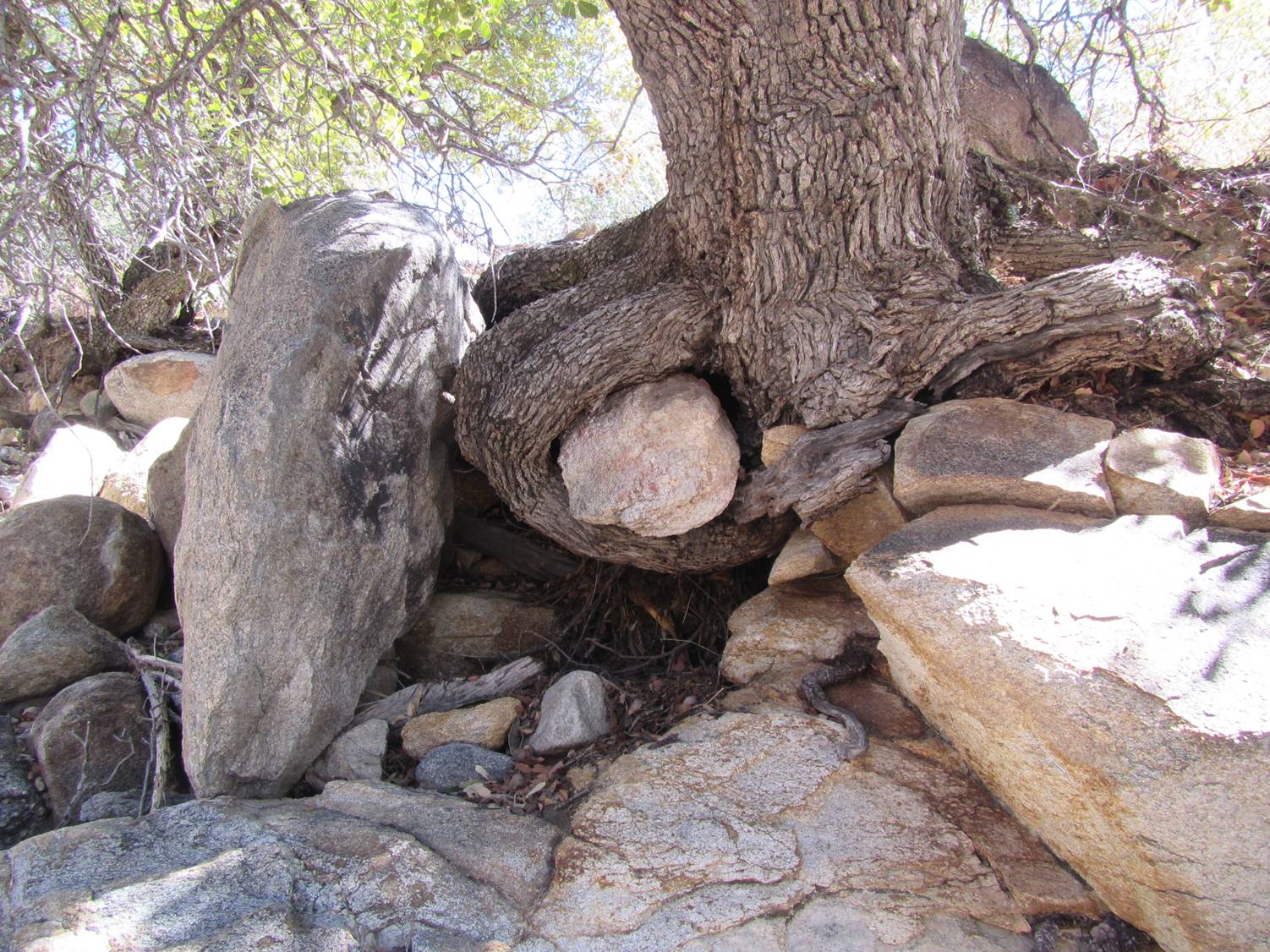We’re back this month with another installment in our Spring Seeker Stories! This time, retired wildland firefighter and Spring Seeker volunteer Brit Rosso takes us on a visual journey through the Southern Rincon Mountains to find Bear Spring and Grapevine Spring.
In his field notes, Brit muses about the creation of the Rincon Mountain Wilderness, a 38,590-acre area that borders Saguaro National Park. His guess of 1983 was close! This Wilderness was actually created in 1984 under the Arizona Wilderness Bill, a piece of legislation that designated 30 places in Arizona as protected wilds. These include the Rincon Wilderness, the Pajarita Wilderness, and the Santa Teresa Wilderness, among many others.
We encourage you to take a look at the Arizona Wilderness Bill—a prevailing reminder that legislation, when done correctly, can be a powerful tool for conservation and restoration in this region.
Read Brit’s Notes from His January 2021 Trip to Van Trap and Chimney Spring Here >>
Brit’s Notes from the Field:
I left the corrals at 9:10 a.m. and headed to the Distillery Canyon Falls. Once I got above the falls, I headed north up the main ridge that runs just west of Distillery Canyon. The howling east wind was a bit annoying, but I powered through it. I made it up to a vantage point where I could look back on the “Big House.” It’s just to the right of the prominent peak in the center of this photo.
So I continued hiking uphill, trying to follow this steep, rocky ridgeline. I focused on keeping the canyon on my right.
Here is a photo of Distillery Canyon, way upstream from our “box canyon” confluence. There is a big pour over in the canyon (pour overs are small, dry waterfalls), and you can just see it in this photo. It’s at the top of this drainage, and you can see the lighter colored granite in the shadows.
I finally got to a point above the big pour over where I felt comfortable starting to sidehill down into the canon, heading for Bear Spring.
Here is a big pool fed by Bear Spring with a nice cottonwood. This pool was just upstream from where I hit the drainage bottom, and it was really deep!
Bear Spring is super remote, but it still had a big steel tank there, and a ton of iron water pipe. The bottom of the tank was concrete, but it did not have any obvious intake or discharge pipes.
The iron pipe was stacked on top of a big rock, and it looks to me like it had never been used. It had to have been long-lined onto that rock by a helicopter. I wonder if the plan was to run the pipe up to Grapevine Spring?
I could not locate any cattle troughs. There was an old 1” poly pipe that ran from the tank area over to the drainage. It was broken, tangled, and out of service. What was interesting was that the concrete spring box had a date in the mortar of 1982. I think the Rincon Wilderness was created in like 1983? Maybe their plans fell apart after this area became a wilderness. We will never know.
I headed up drainage at about 12 p.m. looking for Grapevine Spring. It was a slow hike with the big rocks, but it was also beautiful! I found this really cool oak tree that had grown two arms all the way around a big rock. Nature continues to amaze me!
I located Grapevine Spring at about 12:30 p.m. I then located the source and went upstream a few 100 feet more to confirm there was no additional water.
I completed my survey and took lunch before heading back down to Bear Spring. I surveyed Bear Spring, then hit my drop-dead turnaround time. It was time to head back to the truck.
I wanted to see how far I could safely work my way down the drainage before I hit the pour over. I’m glad I did, as it was so beautiful. Here is a photo of that spot. As you can see, this was as far as I could go down the drainage.
The rest of the hike back down into lower Distillery Canyon was steep (back up to the ridge, then back down) but uneventful. I got back to my truck around 5 p.m.
Another amazing day spring seeking in the southern Rincons!
EPILOGUE:
I would like to express my deep gratitude to Sami Hammer, the former Springs Specialist with Sky Island Alliance (SIA). I was hesitant at first to become a Spring Seeker. The Spring Seeker app seemed intimidating to me, and I was not confident that I could provide accurate data to SIA.
Sami agreed to let me shadow her on a Spring Seeking trip in the southern Huachuca Mountains back in August of 2020. She took her time to mentor me in using the Spring Seeker app, plus in plant identification. We had a wonderful day in the Huachucas hiking, learning and collecting data.
This trip with Sami increased my confidence to slowly start making my own Spring Seeker trips into the Sky Islands. I still feel like a novice Spring Seeker, but I’m feeling more confident in my ability to collect useful data for the SIA.
I want to encourage you to engage with the Spring Seeker program, even if you’re feeling a bit hesitant. It’s not as hard as you might think it is, and the Sky Island Alliance has a wonderful web page to get you started.
Check it out: https://skyislandalliance.org/our-work/water-program/spring-seeker/



